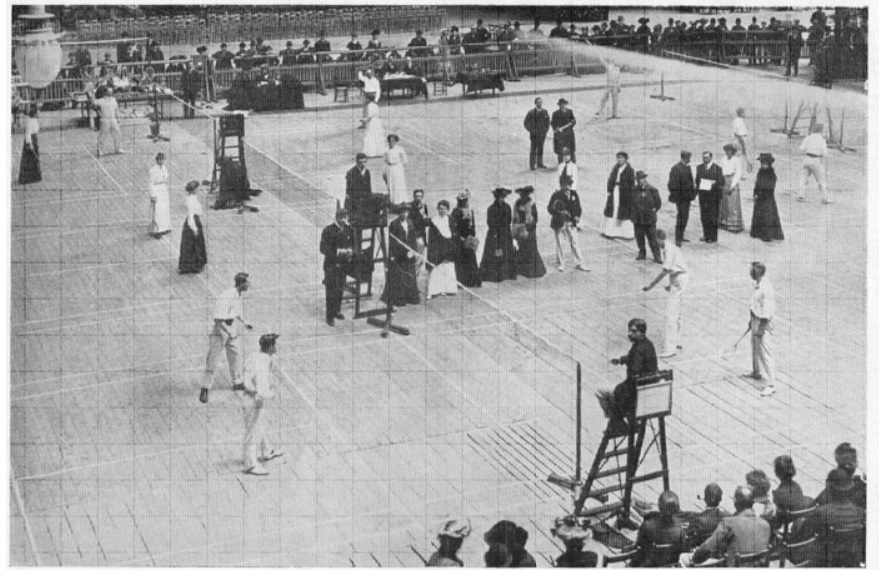Smash
Master
Hub




About Badminton History
The history of badminton is a fascinating journey that spans several centuries and continents. Here’s a brief overview of the evolution of this popular racket sport:
Origins in India: Badminton’s origins can be traced back to ancient India, where it was initially known as “Poona.” The game was played with a shuttlecock made of feathers and rackets. It is believed that British officers who were stationed in India in the mid-19th century were introduced to this game.
The Introduction to England: The game was brought back to England by these British officers, and it quickly gained popularity. The first known version of badminton played in England was called “Poona” after the Indian city where it was first played.
Development and Standardization: Badminton began to evolve and develop its own set of rules. The Bath Badminton Club, established in 1873 at England, played a crucial role in standardizing the rules and regulations of the game. They also introduced the net and started using the term “badminton” to refer to the sport.
International Expansion: Badminton continued to grow in popularity throughout the late 19th and early 20th centuries. It quickly spread to other countries, including Asia, Europe, and North America. International competitions began to emerge.
The Formation of Badminton World Federation (BWF): In 1934, the International Badminton Federation (IBF) was founded, which later became the BWF. This organization oversees the global governance of the sport, sets the rules, and organizes major international competitions, including the All England Badminton Championships and the Thomas Cup (men) and Uber Cup (women) team events.
Olympic Inclusion: Badminton made its debut as an exhibition sport at the 1972 Munich Olympics and became an official Olympic sport at the 1992 Barcelona Olympics. Since then, it has been a regular part of the Summer Olympics program.
Modern Badminton: Today, badminton is played at various levels, from recreational play to professional and international competition. It is known for its fast-paced rallies, agility, and strategy. Professional badminton players come from countries around the world, with strong representation from Asian nations like China, Indonesia, and South Korea.
Popularity: Badminton is one of the most widely played racquet sports globally. It is especially popular in countries like China, India, Indonesia, Malaysia, Denmark, and South Korea.
The history of badminton is a testament to its enduring appeal and the dedication of players and organizations worldwide in promoting and developing the sport. It has grown from its humble beginnings in India to become a prominent sport on the international stage.

Some Basic Rules In Badminton
Badminton is a racquet sport with straightforward rules. Here are some of the basic rules in badminton:
Scoring: Badminton is typically played in either singles (one player per side) or doubles (two players per side) matches. The game is played to 21 points, and the side that scores 21 points first wins the game. You must win by at least two points.
Serving: The server must stand within their service court (a marked area) and hit the shuttlecock over the net to the opponent’s service court diagonally. The server must serve underhand, with the racket’s head below the server’s waist. The serve must be struck below the server’s waist and contact the base of the shuttlecock.
Scoring During the Serve: Only the serving side can score points. If the server wins a rally, they score a point, and they continue to serve. If the receiving side wins the rally, they do not score a point, but they gain the right to serve.
Faults During Service: Several faults can occur during the serve, including stepping on or outside of the service court’s boundary, not hitting the shuttlecock cleanly, and serving too high or too low.
Rally: After the serve, the rally begins. During a rally, both sides try to hit the shuttlecock over the net and into the opponent’s court. The shuttlecock may only be hit once before it must cross the net. Players must alternate shots and maintain a proper court position.
Let: A let is called if the serve hits the net and goes over or if a rally is disrupted for any reason (e.g., a shuttlecock falls from the ceiling or a player is not ready to receive a serve). In the case of a let, the rally is replayed.
In and Out: A shuttlecock that lands on the line is considered “in.” If it lands outside the line, it is “out.” If a shuttlecock lands on the boundary line, it is considered in.
Doubles Serving Order: In doubles, there is a specific serving order: the server serves from the right service court to the receiver’s right service court and continues to alternate between service courts. The receiving side must also maintain a specific receiving order.
Faults During the Rally: Various faults can occur during a rally, such as hitting the shuttlecock out of bounds, not clearing the net, touching the net with the racket or body, and double hits (hitting the shuttlecock twice in succession). A fault results in a point for the opposing side.
Changing Ends: Players change ends of the court after each game. If the total score reaches 11 points in the third game of a match, players also change ends when the leading score reaches 6 points.
These are some of the fundamental rules in badminton. It’s important to note that there are additional rules and nuances in competitive badminton, including specific rules for doubles play, out-of-bounds areas, and more. Familiarizing yourself with these basic rules is a good starting point for enjoying and playing the sport.
Those Who Play Badminton Well take decisions Quickly.
Dmitry Medvedev Tweet
